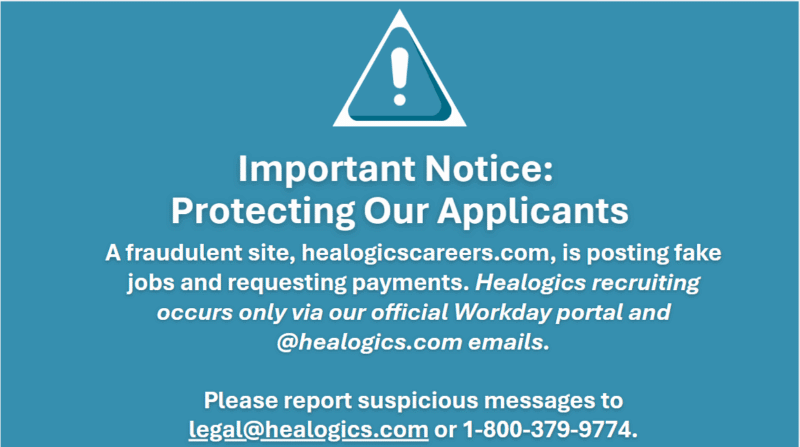Patients with occlusive lower extremity peripheral artery disease treated with atherectomy devices had over 96% procedural success, according to data presented at TCT 2018. When the researchers compared results by atherectomy device type, excisional atherectomy was associated with higher rates of vessel dissection and perforation and lower amputation rates compared with laser or orbital atherectomy, although long-term vessel patency was similar in all groups.
Read More
Objectives: To identify the rates of acute and chronic wound complications and factors associated in a cohort of patients treated for soft tissue sarcoma (STS) with modern radiotherapy (RT) and surgical techniques.
Read More
Bio-inks are becoming an increasingly common feature of next-generation medicine. These inks consist of living cells from donor tissues that may be suspended in bio-compatible solutions or polymers. The bio-inks are laid down or deposited using techniques much like medical-grade 3D printing.
Read More
Cardiovascular Systems Inc. (CSI), a medical device company developing and commercialising interventional treatment systems for patients with peripheral and coronary artery disease, has announced that the first patient in Hong Kong has been treated with its Stealth 360 Peripheral Orbital Atherectomy System (OAS). The Hong Kong case is the first commercial use of Peripheral OAS outside of the USA.
Read More
Ag-MSNs was fabricated by controlled reduce of ultrasmall nanosilvers onto the both surface and large pore of biodegradable MSNs. The obtained MSNs were characterized by transmission electron microscopy, Fourier transform infrared spectroscopy, energy-dispersive X-ray spectroscopy, and measurement of size distribution, zeta potential, and mesopore properties.
Read More
It may be something you’ve never heard of before – peripheral artery disease. September is its awareness month, and medical professionals said many people have no idea they have it, so they want you to know what to look for.
Read More
Researchers have identified a new mechanism involving ginsenoside Rb1, which has the ability to stimulate keratinocyte migration and promote cutaneous wound healing. They report the results of a study showing that Rb1 enhances keratinocyte migration in an article published in Journal of Medicinal Food, a peer-reviewed journal from Mary Ann Liebert, Inc., publishers.
Read More
Healogics Inc., the nation’s largest provider of advanced wound care services, today announced they have joined the App Orchard to begin working on an integration to improve interoperability within their nationwide network of Wound Care Centers®. Currently, this integration is set to deploy in the fall of 2019.
Read More
It was a day of celebration Tuesday as the staff of CHRISTUS Good Shepherd Health System gathered for a reception to commemorate the prestigious Center of Distinction Award, given to the Marshall hospital’s Wound Care Center by Healogics, the nation’s largest provider of advanced wound care services.
Read More
The American College of Wound Healing and Tissue Repair (ACWHTR) a non-profit organization committed to advancing the field of wound care through education, research, and advocacy, is holding their Seventh Meeting on October 5-6 at the Chicago Marriott Magnificent Mile.
Read More

